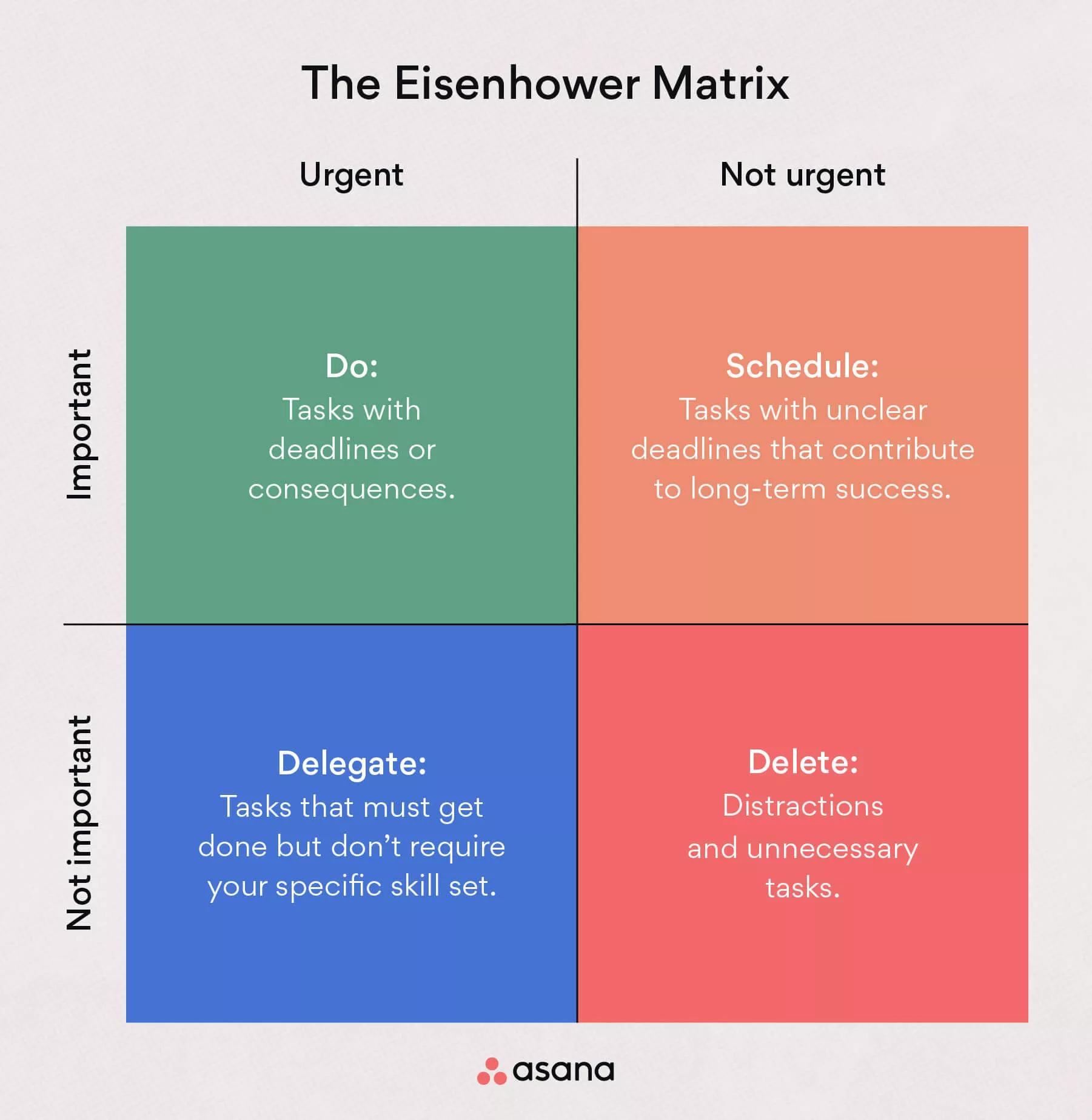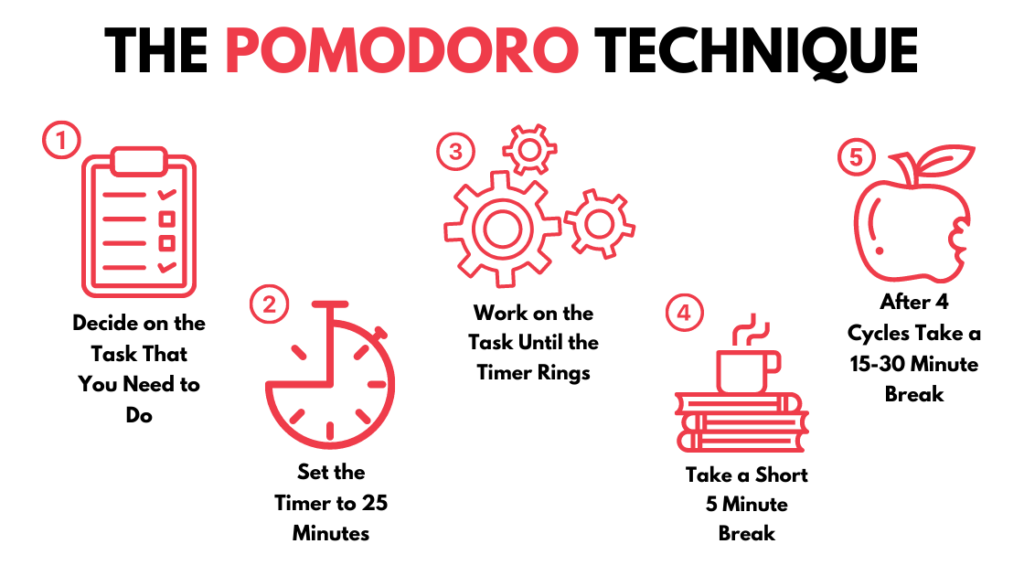Effective time management is crucial for managers and leaders looking to improve productivity. However, many people in leadership roles still rely on the typical clock-watching approach, failing to explore alternative approaches that can potentially have a significant impact on workplace efficiency.
This guide looks at various time management techniques and systems that can transform how you manage your time, leading to increased engagement and productivity within your team.
Rethinking traditional time management
The conventional clock-based time management system places emphasis on hours worked rather than the results achieved. This approach misses the point of effective time management, as it doesn’t account for the quality of work produced. It also increases stress and fatigue by pressuring employees to work longer hours.
Exploring alternative time management systems is crucial if you want to maximize efficiency and productivity. Put simply, this approach helps you work smarter, not harder.
Result-oriented time tracking
Shifting the focus from monitoring time to measuring outcomes is crucial for enhancing productivity. Result-oriented time tracking boosts motivation and makes individuals accountable for their actions.
Using software tools and technologies for result-oriented time tracking can provide valuable insights and efficiency improvements. By focusing more on results, you can gain a better understanding of where time is being invested and make informed choices to optimize work processes.
For example, in a marketing agency, instead of simply tracking the hours spent on various tasks, result-oriented time tracking would involve measuring the outcomes achieved. This could include tracking the number of successful campaigns, client conversions, or the impact on revenue. By focusing on the results, the agency can identify which strategies are most effective.
1. The Eisenhower Matrix
The Eisenhower Matrix is a time management strategy that helps prioritize tasks based on their importance and urgency. The four quadrants of the matrix are:


- Important and urgent: tasks that require immediate attention and have significant consequences.
- Important but not urgent: tasks with unclear deadlines that can be scheduled.
- Not important but urgent: tasks that must be completed but can be delegated.
- Not important and not urgent: tasks that are unnecessary or a distraction.
Dividing tasks into these subcategories helps you allocate your time more efficiently. The most important tasks get your attention first, while the more trivial tasks can be put off until later. This means that you can optimize your time and make the most of available resources.
The Pomodoro Technique
The Pomodoro Technique, developed by Francesco Cirillo, involves breaking work into focused 25-minute intervals with short breaks. It enhances concentration, prevents procrastination, and reduces burnout. In a work setting, this involves establishing specific time intervals for tasks using a timer and carefully planning breaks.
Studies show that prolonged work on one project reduces focus, but regular breaks recharge the mind, ensuring engagement and productivity. Physical movement during breaks also stimulates the brain, which enhances concentration.


Breaking your work into manageable chunks with breaks in between also creates a sense of progress and achievement. This approach takes advantage of the psychology of rewards. The idea is that experiencing frequent breaks and achieving small milestones helps to strengthen your motivation to complete tasks.
The Timeboxing Technique
The Timeboxing Technique is closely related to the Pomodoro Technique, with a slight variation. It involves setting specific time limits, known as timeboxes, for tasks and working on them until the allocated time is up. This prevents work from expanding to fill the available time and helps you stay on track, avoid distractions, and improve productivity.
The strategy aligns with Parkinson’s Law of Triviality, which says that work expands to fit the time given for it. Setting realistic deadlines and working within defined time constraints motivates you to finish tasks within certain timeframes and helps you complete tasks more efficiently. If it’s a task that may need longer to complete, break the task into smaller subtasks, and regularly evaluate progress.
Managing energy for enhanced productivity
Effective time management goes beyond task scheduling; it involves optimizing energy levels throughout the day. Regular breaks, physical activity, and proper nutrition are key.
Exercise has numerous benefits, including improved attention span, accuracy, memory, and mental processing. These factors lead to quicker decision-making and increased productivity. Studies have shown that workplace exercise programs can improve time management and workload completion by 72%.
Healthy diets also have a positive impact on your mental wellbeing. By sticking to healthy eating habits and enjoying a variety of foods, you can improve your mental abilities.
By prioritizing energy management alongside time management, you can sustain productivity levels and reduce the risk of burnout.
The power of delegation and outsourcing
Recognizing that you can’t handle everything alone is crucial for boosting productivity. By leveraging the expertise of your team members or specialized professionals, you can achieve more. Delegating tasks strengthens collaboration within your team, boosts employee morale, and also allows you to focus on the tasks that matter most. According to a Gallup study, businesses led by effective delegators experienced growth 112% greater than those led by managers who struggled with delegation.
Embracing technology for automation and efficiency
Using technology for automation and efficiency has revolutionized time management. Automation tools and project management software can streamline workflows, eliminating repetitive tasks and improving the overall efficiency of any business. These time management systems can significantly boost productivity.
For example, using an automated customer relationship management (CRM) system can help you consolidate customer data, streamline data entry, automate communication, track customer interactions, and optimize sales.
Unlocking your potential using these time management systems
In today’s competitive landscape, effective time management is crucial if you want to optimize productivity. By experimenting with unique time management systems, such as task-oriented time management, the Pomodoro Technique, the Eisenhower Matrix, the Timeboxing Technique, result-oriented time tracking, and more, you can enhance operational efficiency and make the most of your time. These methods go beyond the limitations of traditional clock-based approaches, empowering you and your team to work smarter, and unlocking your business’s potential.







